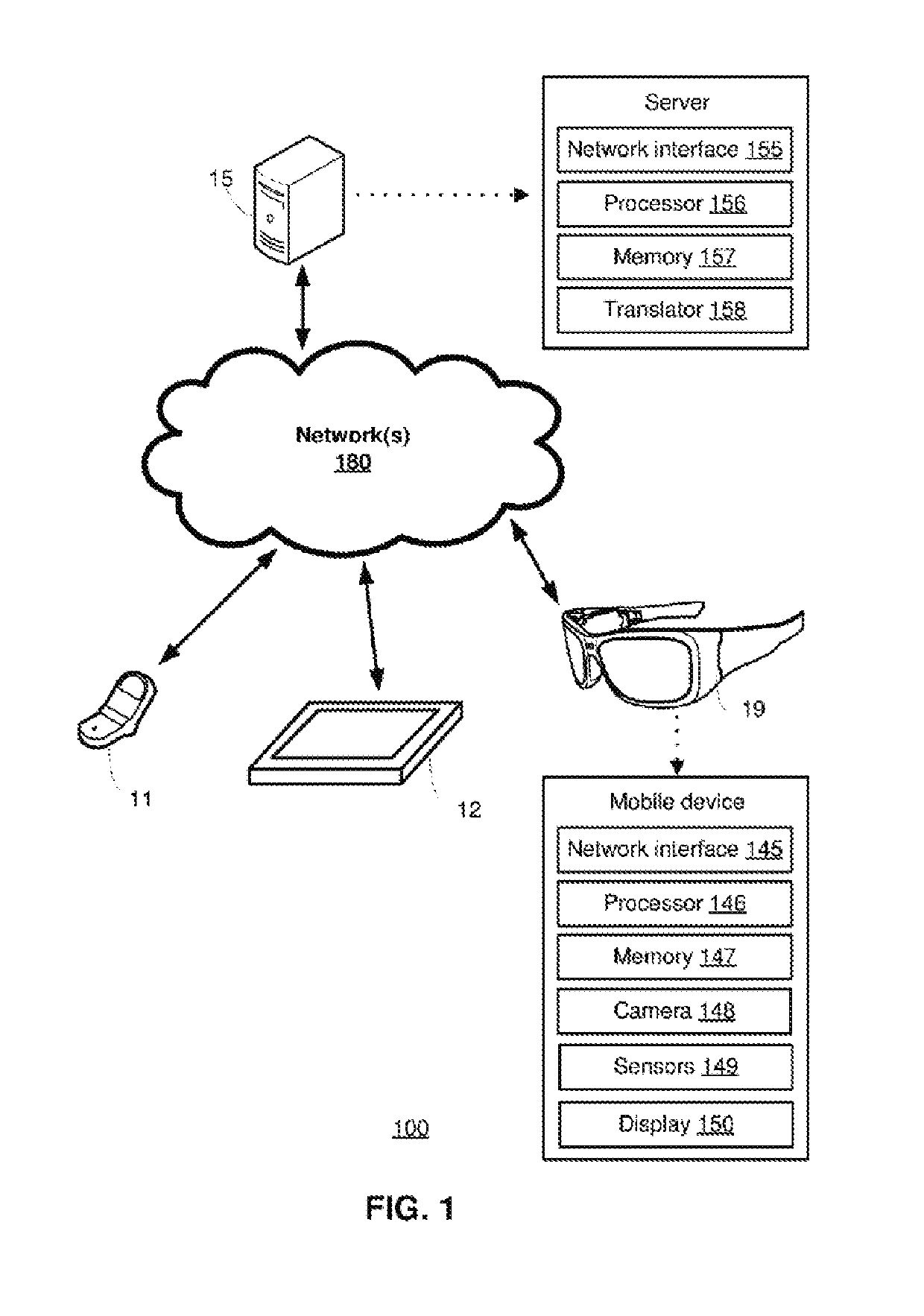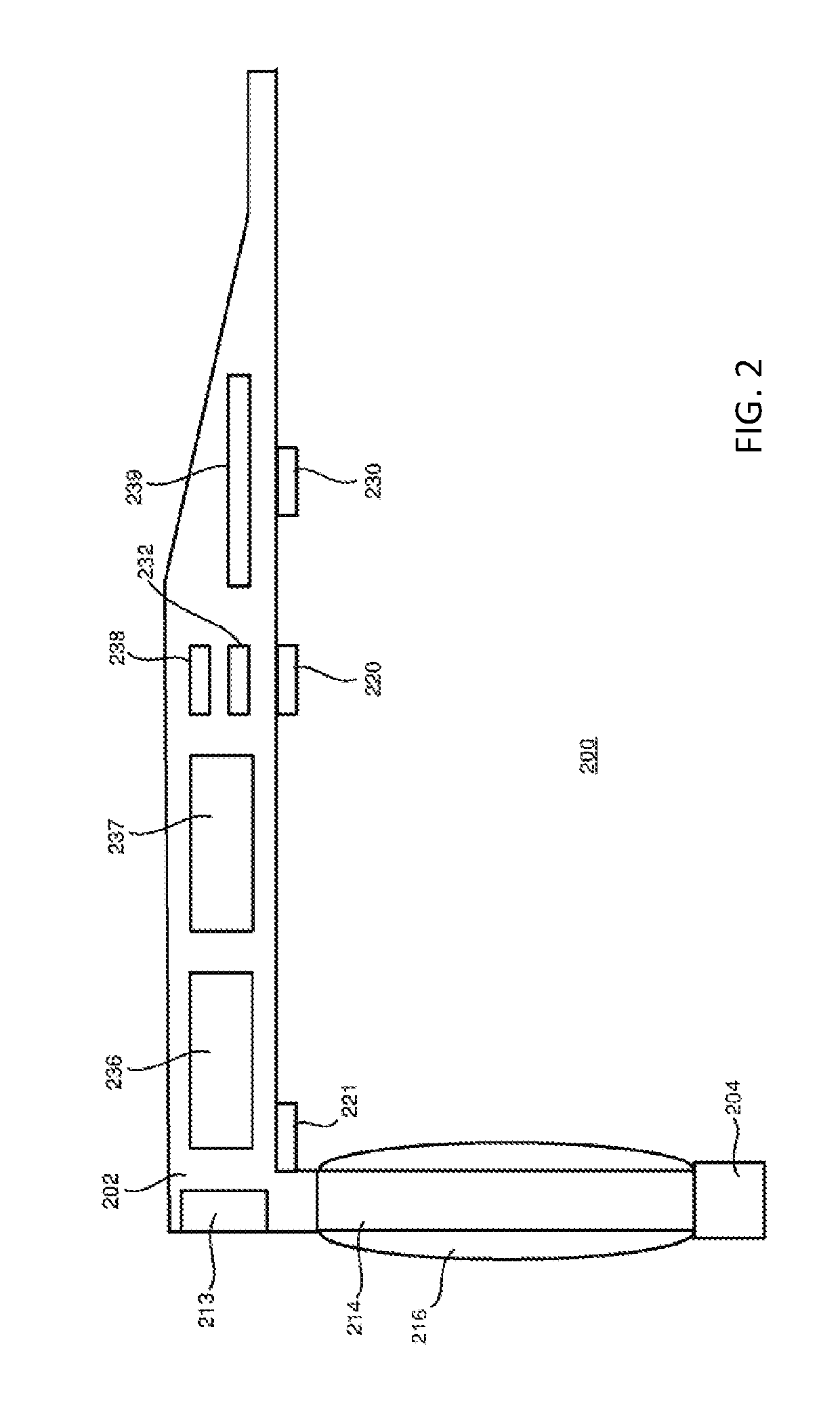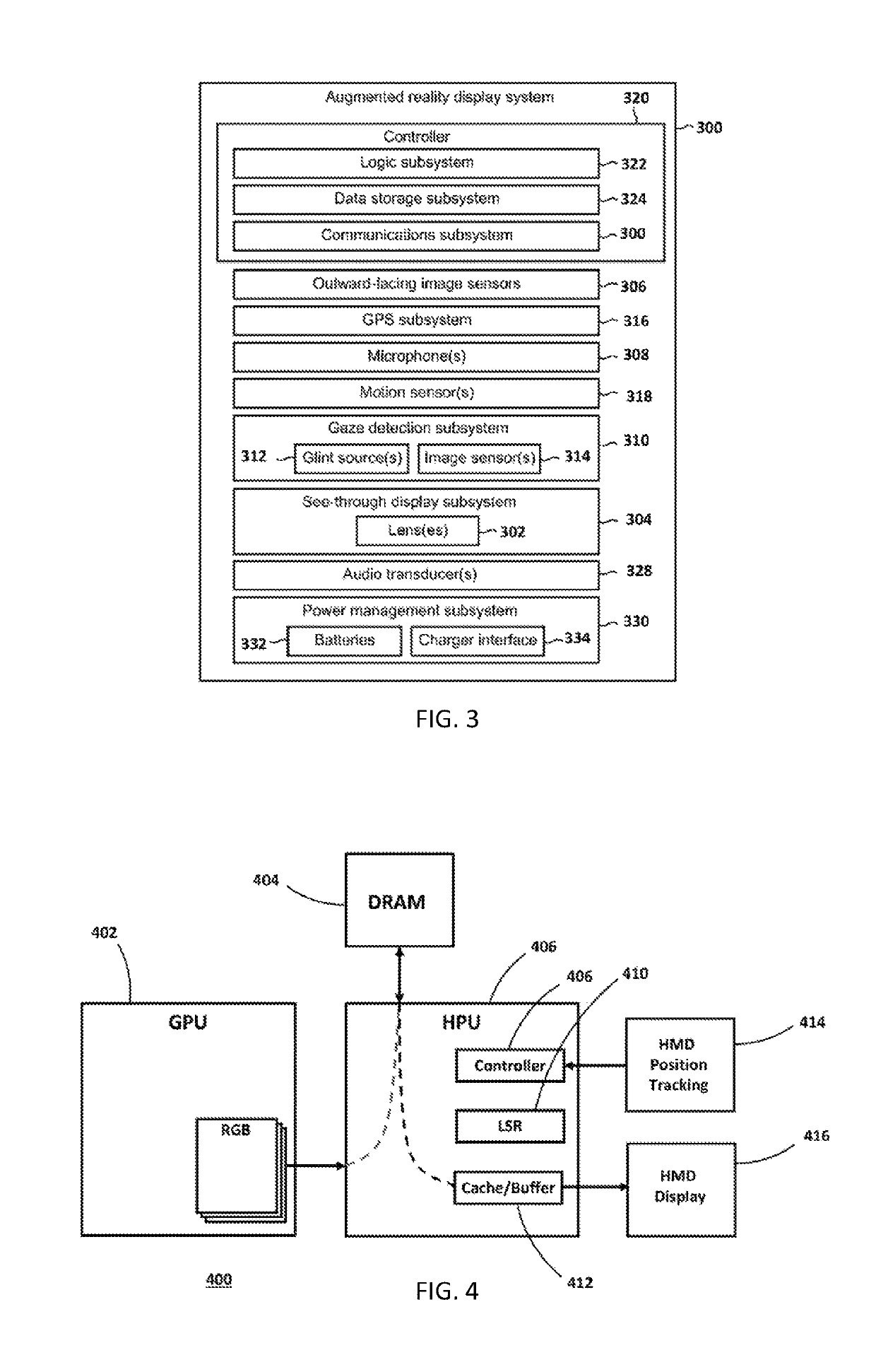No miss cache structure for real-time image transformations
a cache structure and real-time image technology, applied in memory addressing/allocation/relocation, instruments, details of portable computers, etc., can solve problems such as user discomfort, potential delay of 16 to 33 milliseconds, and additional latency, so as to minimize dram bandwidth and power, and eliminate the re-fetching of input image data
- Summary
- Abstract
- Description
- Claims
- Application Information
AI Technical Summary
Benefits of technology
Problems solved by technology
Method used
Image
Examples
Embodiment Construction
[0020]The following discussion now refers to a number of methods and method acts that may be performed. Although the method acts may be discussed in a certain order or illustrated in a flow chart as occurring in a particular order, no particular ordering is required unless specifically stated, or required because an act is dependent on another act being completed prior to the act being performed.
[0021]As used herein: the terms “input image data” or “GPU image data” may be used interchangeably to refer to image data generated by the GPU of the HMD; and the terms “output image data” or “display image data” may be used interchangeably to refer to data output by the improved cache disclosed herein to render an LSR adjusted display image.
[0022]Subheadings included in the following description are provided for the convenience of the reader, to assist the reader in navigating this disclosure, and are not intended to be limiting or to be used in construing the nature or scope of either this...
PUM
 Login to View More
Login to View More Abstract
Description
Claims
Application Information
 Login to View More
Login to View More - R&D
- Intellectual Property
- Life Sciences
- Materials
- Tech Scout
- Unparalleled Data Quality
- Higher Quality Content
- 60% Fewer Hallucinations
Browse by: Latest US Patents, China's latest patents, Technical Efficacy Thesaurus, Application Domain, Technology Topic, Popular Technical Reports.
© 2025 PatSnap. All rights reserved.Legal|Privacy policy|Modern Slavery Act Transparency Statement|Sitemap|About US| Contact US: help@patsnap.com



